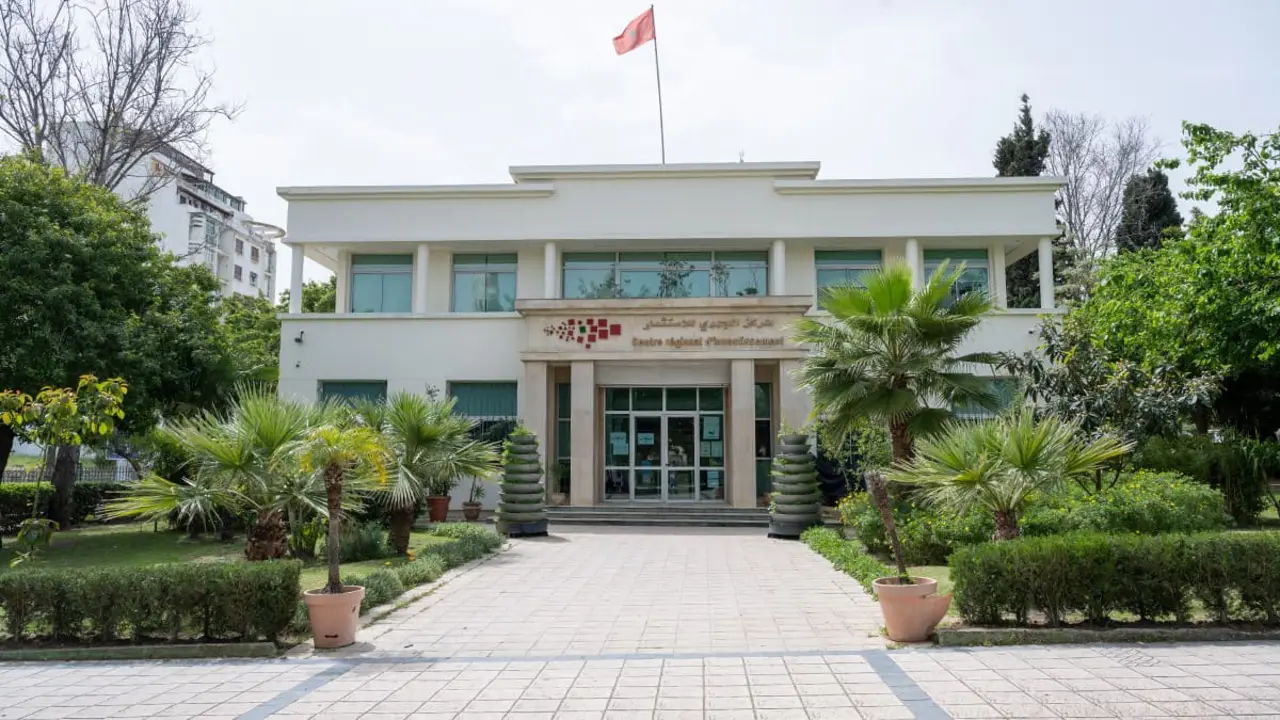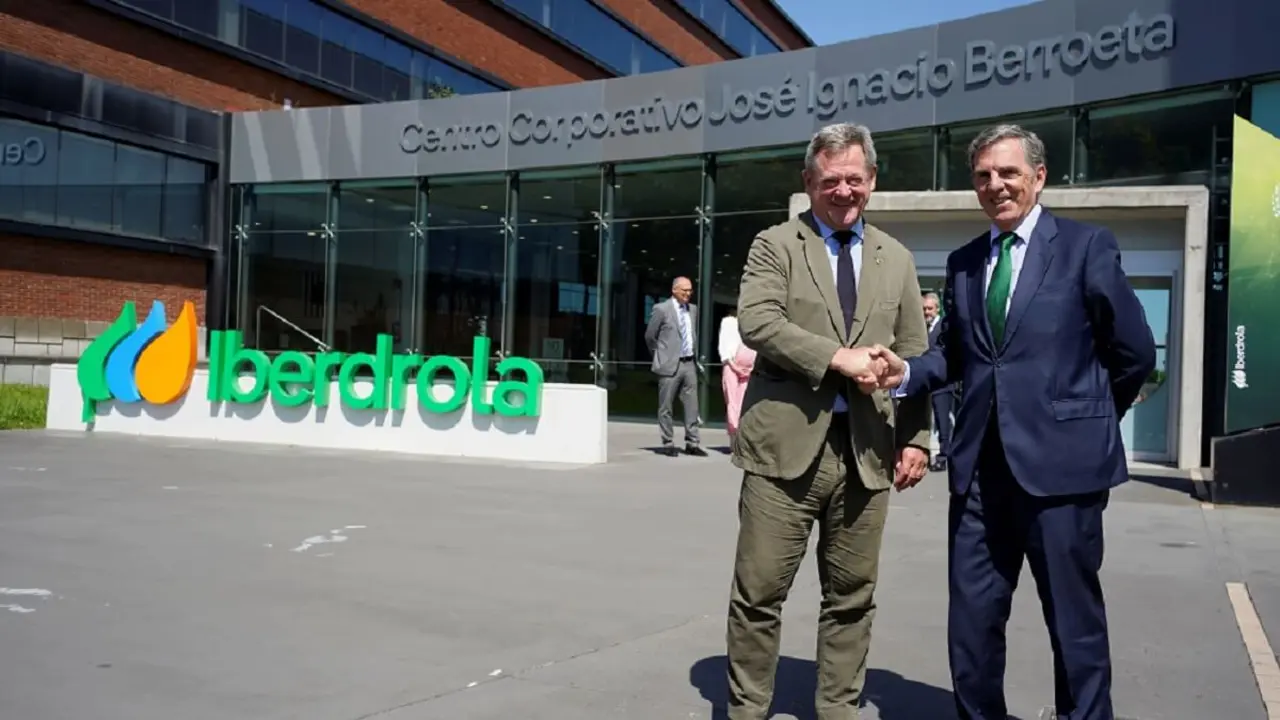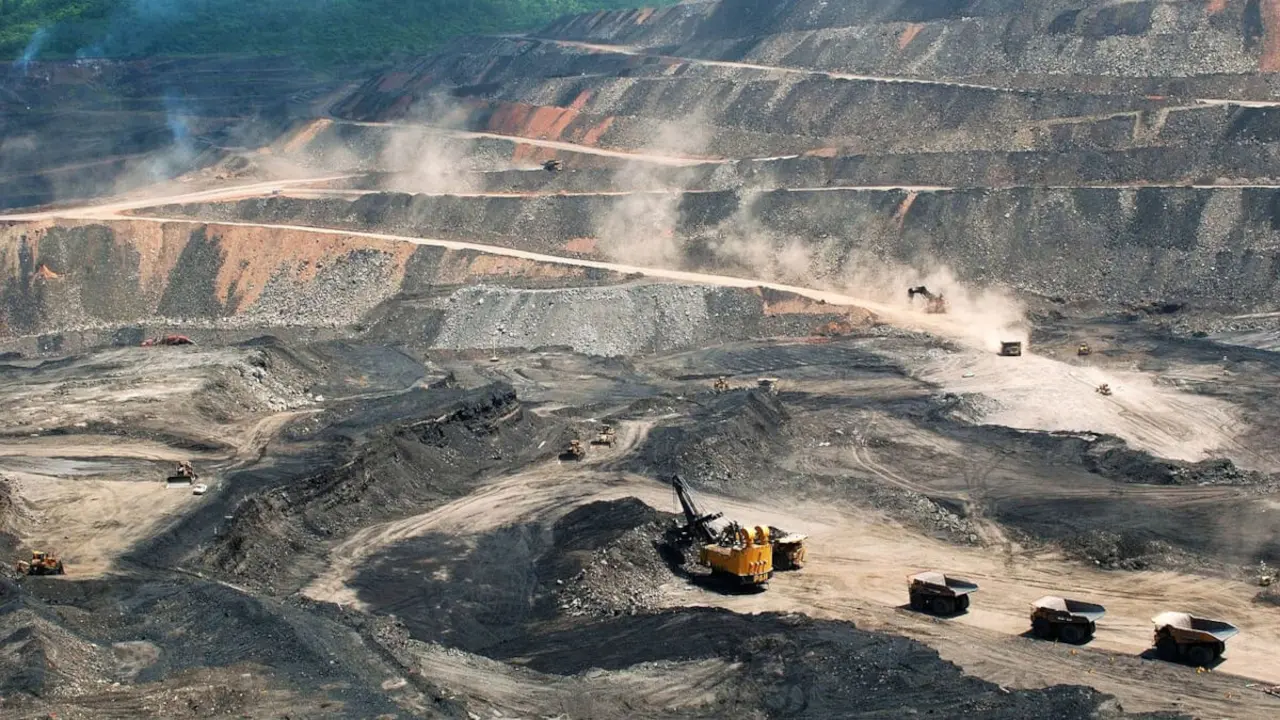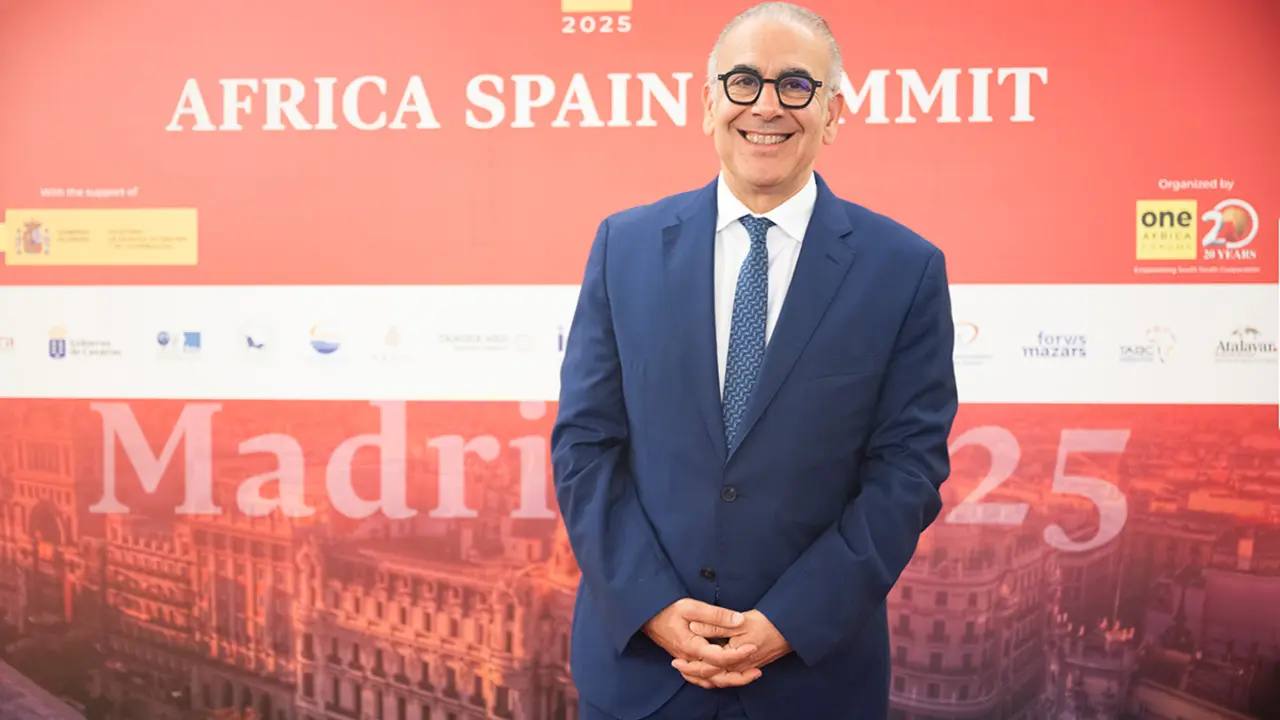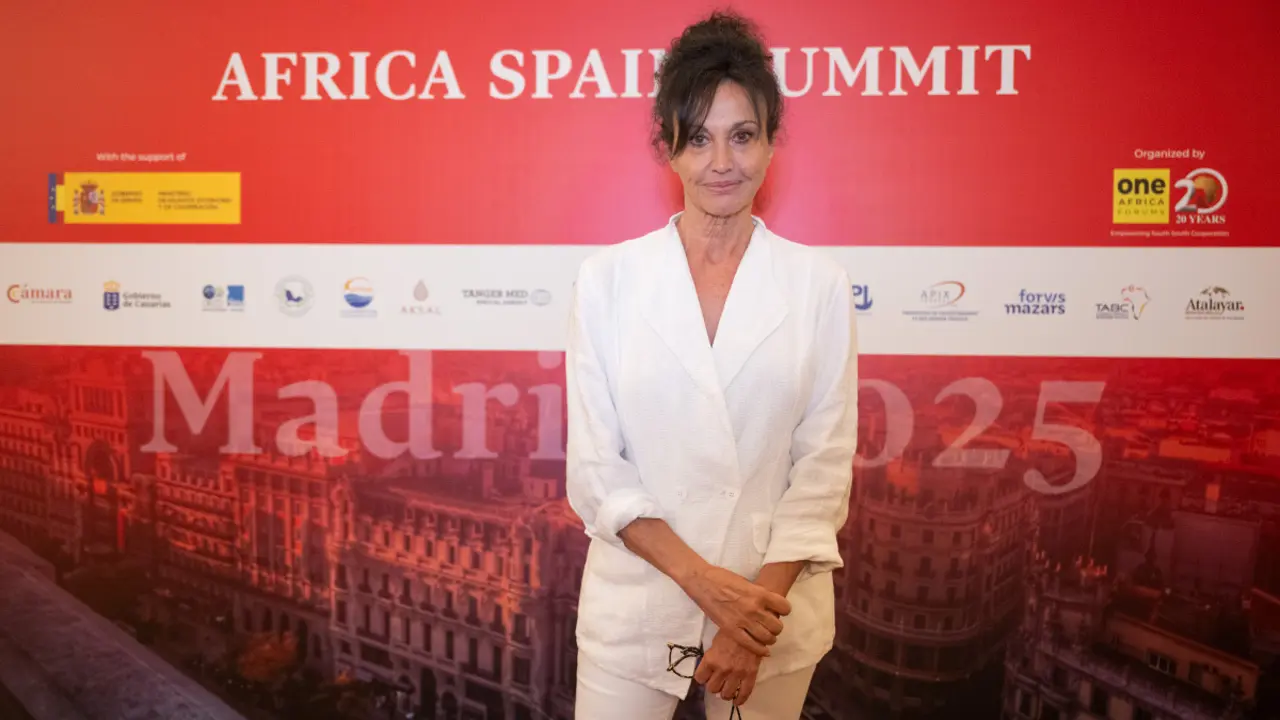Marruecos: la facturación de los MRE logra su valor máximo histórico

The importance of MREs for the Kingdom is one of the keys to strengthening the industrial fabric, and one of the key pillars to sustain the "Morocco of the Future" project. Along with tourism, exports and foreign investment, remittances from MREs have become the fourth pillar that sustains the North African country's economy. King Mohammed VI, aware of this, gave the go-ahead in December to a package of reforms that favoured MRE investment by facilitating, for example, their return to Morocco if they so wished.
Remittances from the Moroccan community abroad in 2022 broke all possible records. Nearing 100 billion dirhams (MAD) or $10 billion, the wealth generated by MREs according to data from Morocco's foreign trade watchdog, the Office of Foreign Exchange (OE), Moroccans' money transfers abroad to their families increased at an annual rate of almost 15%. The flow of Moroccans' foreign currency abroad has increased steadily over the past four years despite a slight drop in 2019.

Remittances rose from 59.8 billion dirhams in 2018 to 59.7 billion dirhams in 2019 at the end of November, data showed. Remittances to Morocco peaked between 2020 and 2021, rising from 61.2 billion dirhams to 86.8 billion dirhams, despite the global recession triggered by COVID. Remittances are strategically important for the Alawi Kingdom; they are one of the country's four largest sources of foreign exchange, the other two being tourism, exports and foreign investment. According to OE, remittances accounted for 6.5% of Morocco's gross domestic product (GDP) in 2020.
Compiled reports show that Morocco ranks second among Arab countries in terms of cash transfers, after Egypt. Morocco has more than 5 million citizens living abroad. However, if there are a large number of skilled employees abroad, the country is at an economic disadvantage. Every year, more than 600 Moroccan engineers emigrate abroad in search of better living conditions, putting the country's economy at a serious disadvantage. It is estimated that the flight of human capital cost the Moroccan economy $87.7 billion between 1970 and 2010.

After Turkey, Moroccan immigrants are the most common migrants in Europe. According to data published by the National Statistics Institute (INE) in March 2022, the number of Moroccans legally residing in Spain is close to 900,000. This makes the Moroccan community second only to France, with more than 1,500,000 Moroccans. It is followed by the Netherlands, Italy, Belgium and Germany. The importance of the economic impact of MRE in Morocco is mainly expressed in the self-financing of investments, as well as in the support of family solidarity projects and investments in local development projects.
MRE remittances represent more than 16% of current account receipts in transactions, which reduces the balance of payments deficit and thus secures foreign currency external assets. To channel large sources of foreign exchange into the country, Morocco's major banks have opened institutions and offices in European countries that are home to a large proportion of Morocco's population, such as France, Spain, Belgium, the Netherlands, Italy and Germany. MRE deposit income accounts for more than 30% of total deposits in Moroccan banks.


